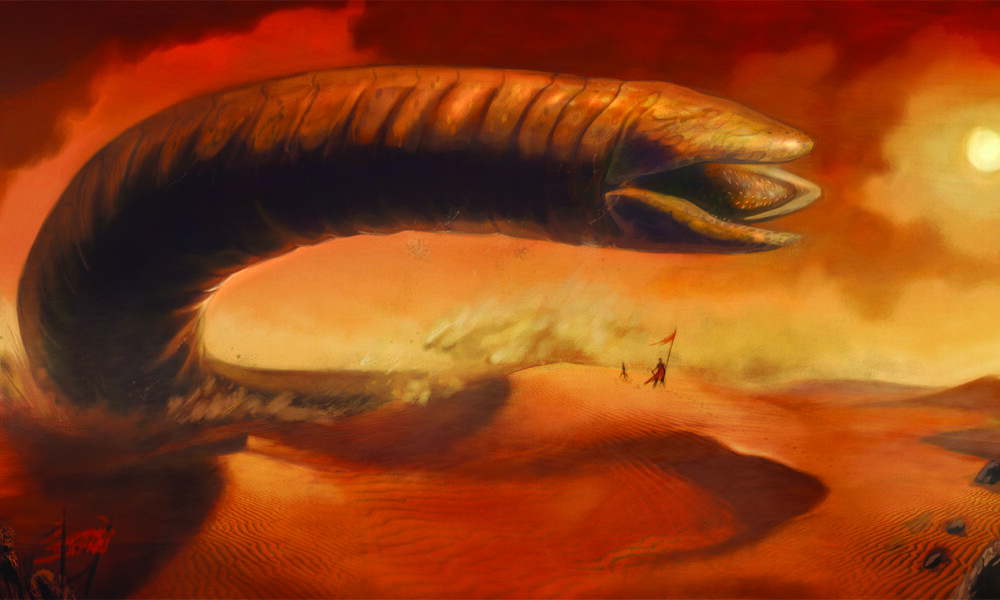The pandemic has placed restrictions on movie theatres since March 2020, forcing many large studios to push back the release dates of their most anticipated films. One of the victims of these delays was Dune. Following its premier at the Venice International Film Festival, Dune finally debuted on HBO Max on Oct. 21 and in theatres across the world on Oct. 22, signalling the return of a certain quality of cinema. The film lives up to its expectations, delivering a visually stunning sci-fi epic. Combining both the scale of the sci-fi genre and the stylistic touches of smaller indie films, Dune was well worth the wait.
Dune is an adaptation of Frank Herbert’s 1965 book of the same name. It follows Paul Atreides (Timothée Chalamet), a gifted young man set to inherit powers far beyond his understanding. But first, Paul must journey to the wildest and most dangerous planet in the universe, Arrakis, to safeguard the future of his family. On Arrakis, conflict erupts over the planet’s supply of spice, the most precious resource in existence. Only those who are brave enough to conquer the treacherous terrain will survive. Paul must learn to harness his newfound powers in order to cross the desert and save his family from the evil Imperium.
The film’s immersive story is grounded in Chalamet’s dynamic and emotional performance, a delivery that audiences have come to expect from the young actor. Additionally, the most impactful performance from the large supporting cast comes from Duncan Idaho (Jason Momoa), a military personality and Paul’s close friend. Momoa’s charismatic character brings a much-needed comedic charm to what is otherwise an intense film. From the moment he appears on screen, he’s instantly likeable, stealing every scene he’s in.
Chalamet and Momoa’s performances aside, another highlight of the film is its cinematography. Director of photography Greig Fraser brings the golden and otherworldly desert planet of Arrakis to life. Sweeping drone shots of the Wadi Rum desert in Jordan, where the movie was filmed, combine seamlessly with CGI to create an immersive alien planet that feels fantastical, yet realistic. In doing so, the film avoids the pitfalls of its unpopular previous adaptation, which was criticized for having visually bland and monotone settings, and tedious, digressive plot that left the viewer bored and underwhelmed.
Director Denis Villeneuve employs the use of visions and flashbacks to add visual diversity to the film—and to perhaps tease a potential sequel. These short sequins change the lighting and colour palette, transporting the viewer into the future. Such dream-like sequences help distinguish the film from others in its genre and provide a visual escape from the never-ending desert.
Dune’s only flaw is its pacing. At a staggering 155 minute run time, Villeneuve refuses to compromise artistic style for the sake of brevity. With gorgeous aerial shots and long-held close-ups, Villeneuve’s unique style demands patience from the audience. Despite having action-packed third and fourth acts, Dune requires that the audience sit through long establishing shots and quiet moments between central characters. However beautiful they may be, these quiet moments could lose the attention of casual fans and younger audiences.
With a star-studded cast and a talented, seasoned director, Dune is sure to capture the attention of every sci-fi lover. The film offers audiences the scope and intensity of a blockbuster while maintaining the style and visual language of prestige cinema. Complete with a beautiful score, gorgeous cinematography, and the latest in CGI technology, it’s the perfect film to welcome every cinephile back into the theatres.








